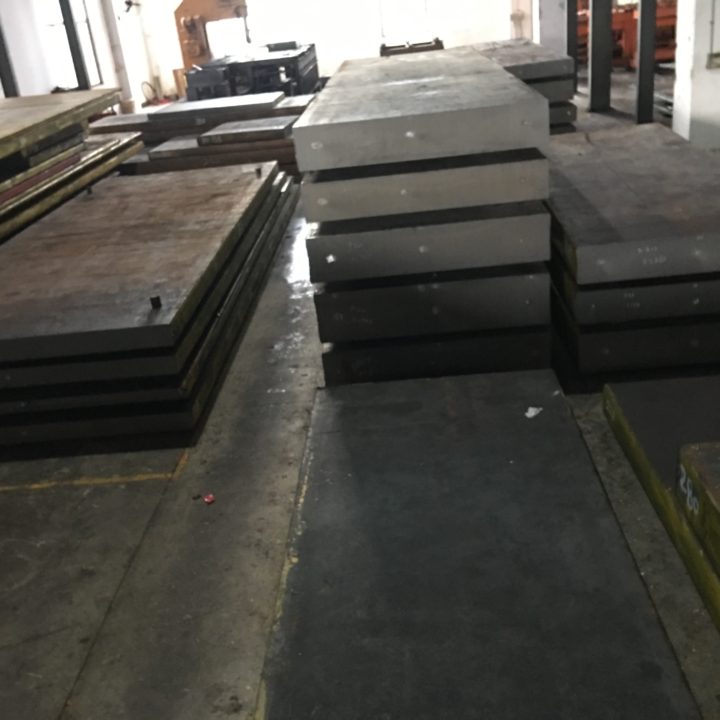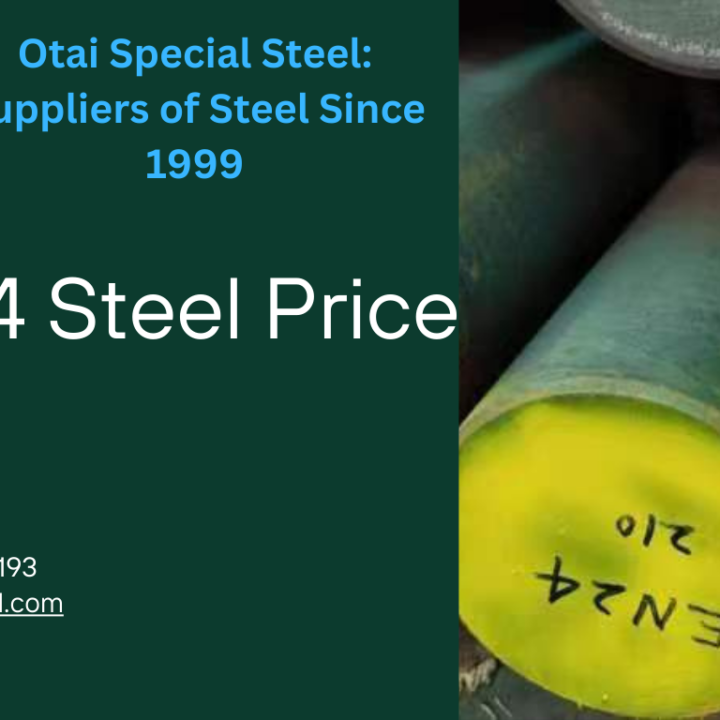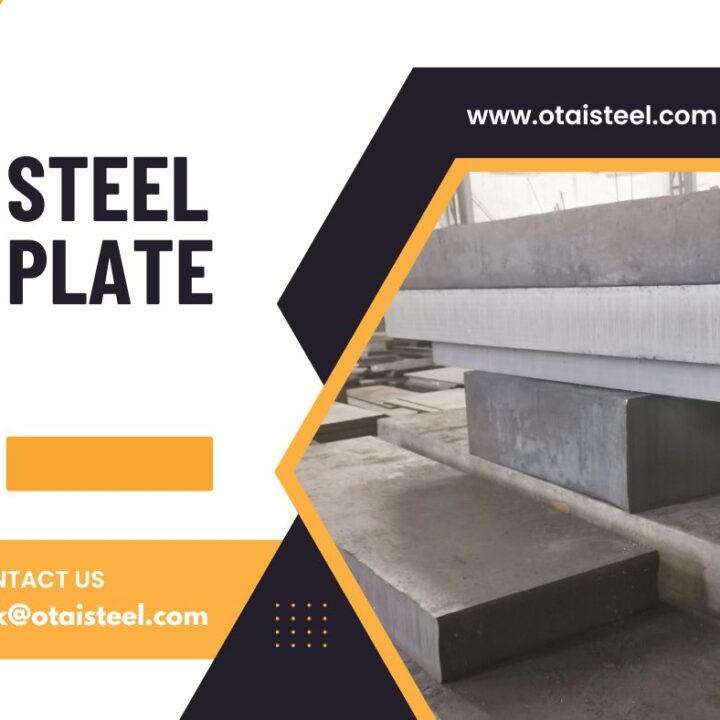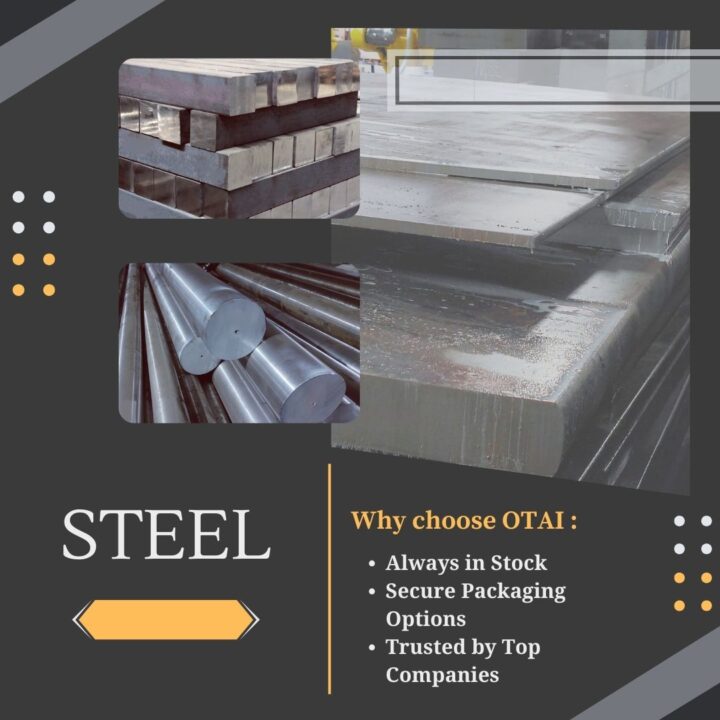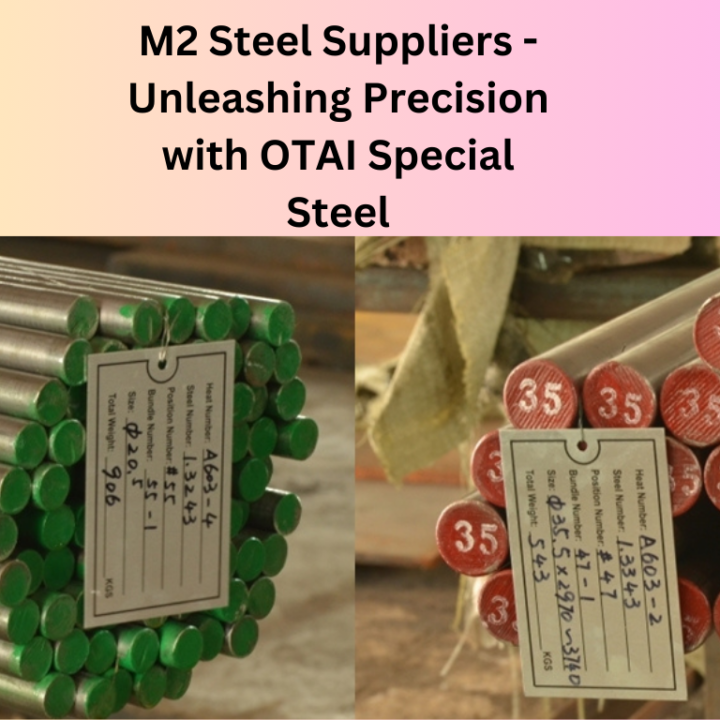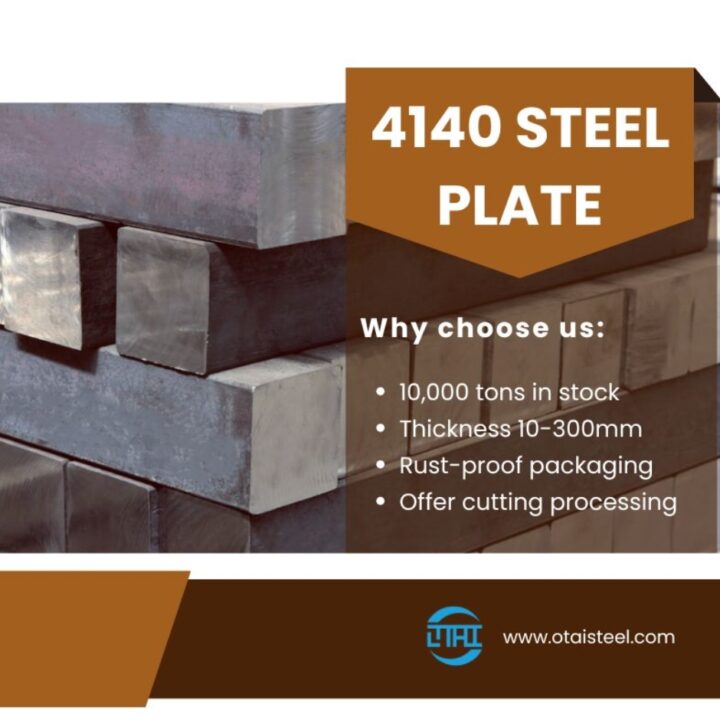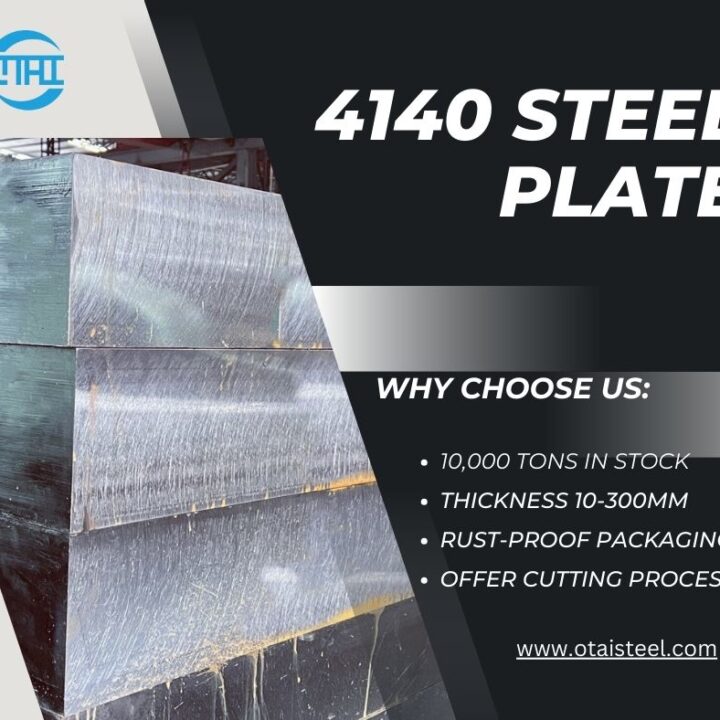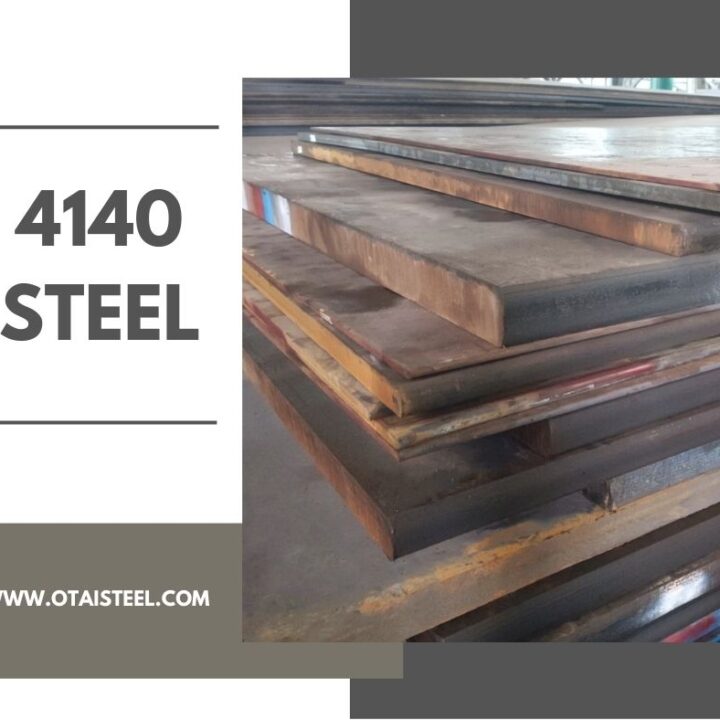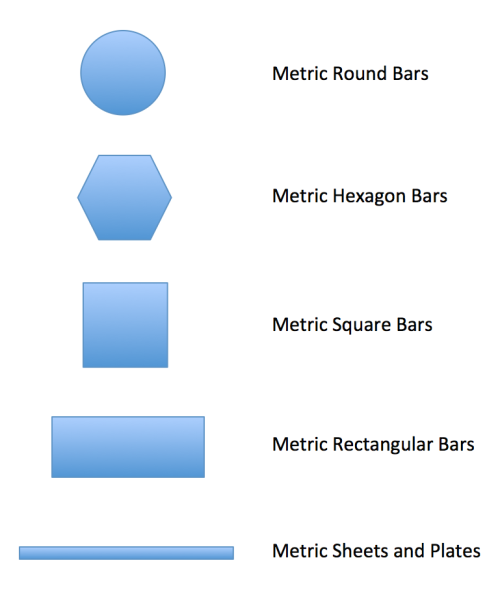The brief of H13 STEEL
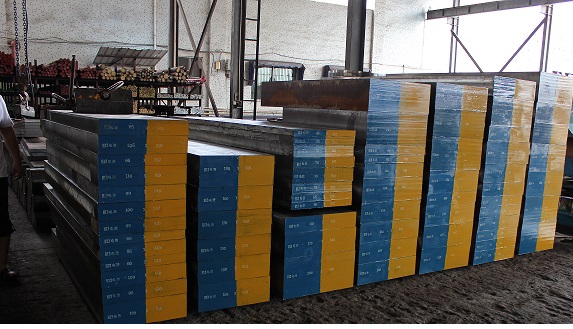
The brief of h13 steel
H13 is a hot work tool steel that has good resistance to thermal fatigue, erosion and wears, and is widely used for making molds and dies. The H13 powder used for laser consolidation contains 0.42% C, 5.04% Cr, 1.33% Mo, 1.06% V, and 0.88% Si. LC H13 samples were metallurgically sound and free of cracks or porosity. LC H13 tool steel showed a directionally solidified dendritic microstructure with layered features: very fine columnar dendrites (around 1–2 μm in dendritic arm spacing) aligned along the vertical direction (Fig. 16.4A). Cellular features were observed along the transverse cross-section.
The XRD results indicated that the LC H13 steel consisted of a majority of α (martensite) plus a trace amount of γ phase (Fig. 16.4C), which was very similar to the H13 powder used for the consolidation except for the reduced amount of γ phase. Further XRD analysis indicated that the carbides extracted from the LC H13 material were of MC, M7C3, and possible M3C types.
the properties of h13 steel
The LC H13 tool steel showed excellent tensile properties (Table 16.2). The average yield and tensile strengths of the consolidated H13 along the vertical direction were about 1288 and 2064 MPa, respectively, while the elongation was about 6% and the elastic modulus was about 216 GPa. Along the horizontal direction, the LC H13 showed significantly higher yield strength (1564 MPa) than along the vertical direction. while the tensile strength, elastic modulus, and elongation of LC H13 were comparable for both directions.
It should be noted that the tensile properties of the LC H13 material had relatively small scatter. For example, along the vertical direction, the standard deviations of the yield strength and tensile strength were about 54 and 51 MPa, respectively, while the standard deviations of the elastic modulus and elongation were 4 GPa and 2.2%, respectively, which indicated that the laser consolidated H13 material at a reasonably good consistency.
